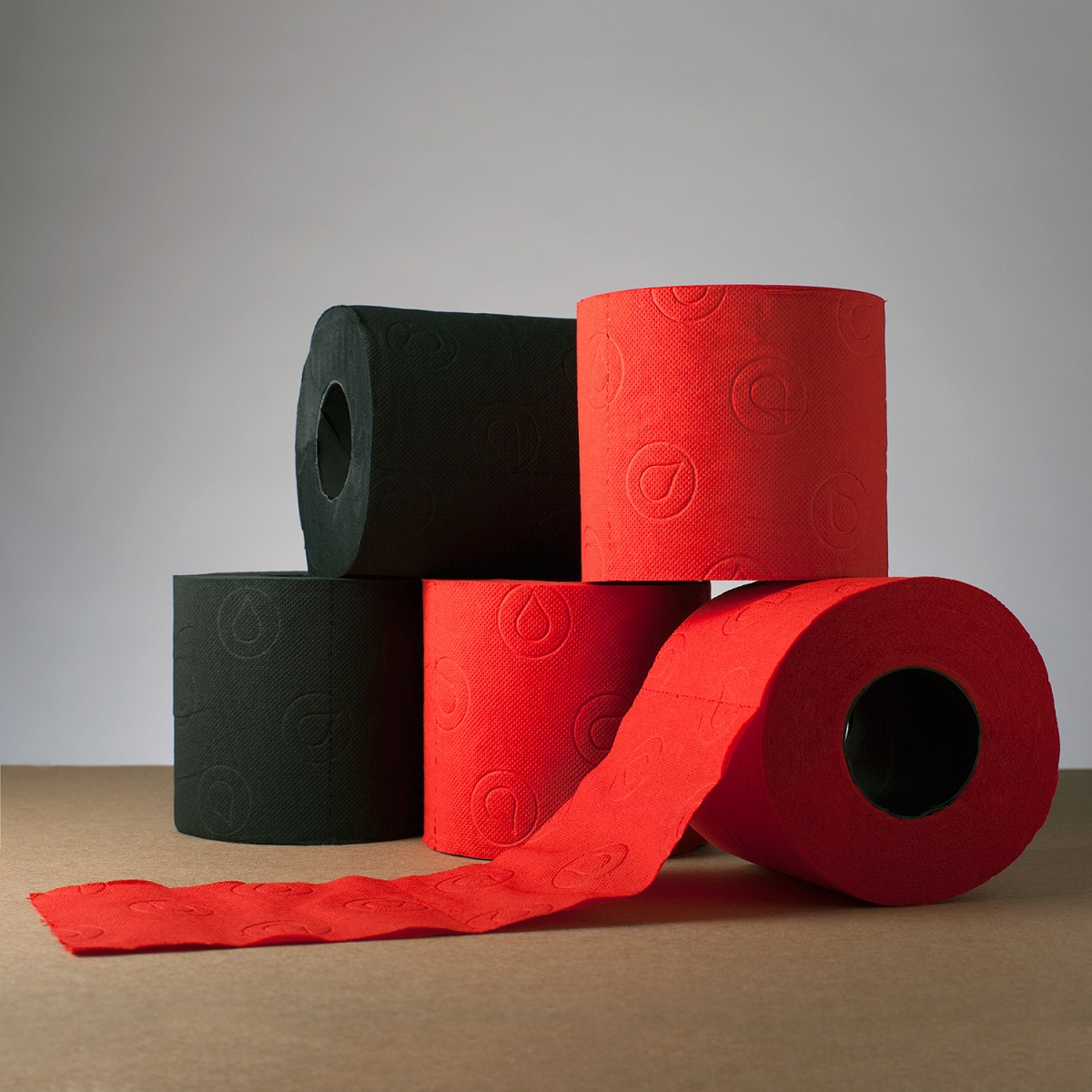

Articles
What Happened To Colored Toilet Paper
Modified: January 6, 2024
Discover the history and disappearance of colored toilet paper in our insightful articles. Uncover the reasons behind its decline and reminisce about this vibrant bathroom staple.
(Many of the links in this article redirect to a specific reviewed product. Your purchase of these products through affiliate links helps to generate commission for Storables.com, at no extra cost. Learn more)
Introduction
In the world of bathroom essentials, we often take for granted the simple yet essential role that toilet paper plays in our daily lives. From soft and fluffy to strong and absorbent, there are countless options available to suit individual preferences. However, there was a time when toilet paper wasn’t just white and plain. In fact, there was a time when colored toilet paper added a touch of vibrancy and novelty to bathrooms across the globe.
In this article, we will explore the intriguing history of colored toilet paper, its rise in popularity, the environmental concerns that led to its discontinuation, and the modern alternatives that have replaced it.
So, let’s take a journey back in time and discover what happened to colored toilet paper.
Key Takeaways:
- Colored toilet paper, once a vibrant trend, faced decline due to environmental concerns and health considerations, leading to the rise of eco-friendly alternatives like recycled and bamboo toilet paper.
- The discontinuation of colored toilet paper reflects a shift in consumer attitudes towards sustainability, prompting the industry to prioritize eco-friendly options while maintaining functionality and aesthetic appeal.
Read also: 9 Best Colored Toilet Paper for 2024
History of Colored Toilet Paper
The concept of colored toilet paper originated in the 1950s and quickly gained popularity in the following decades. Prior to this innovation, toilet paper was only available in its natural white form. Manufacturers began experimenting with different dyes and pigments to introduce a range of colors to toilet paper, transforming a mundane necessity into a quirky and fun bathroom accessory.
At first, pastel colors such as pink, blue, green, and yellow dominated the market. These vibrant hues added a touch of personality and style to bathrooms, allowing individuals to express their creativity and preferences through their choice of toilet paper. It became a talking point among friends and family, with some people even coordinating the color of their toilet paper with the overall theme of their bathroom décor.
Colored toilet paper became almost synonymous with luxury and opulence. It was associated with higher-end hotels, upscale restaurants, and trendy public restrooms. People enjoyed the novelty of using a colorful toilet paper roll and it became a status symbol in some circles.
The 1970s marked a shift in the popularity of colored toilet paper. Bright and bold hues such as orange, purple, and red started to make an appearance on store shelves. Manufacturers pushed the boundaries and experimented with unconventional colors to attract attention and differentiate their products from competitors.
However, as the 1980s rolled around, the fascination with colored toilet paper began to fade. The novelty wore off, and consumers started to realize that the dye used in these products may not be the best choice for their health.
Next came concerns about the potential risk of allergic reactions or irritation caused by the dyes and chemicals used in colored toilet paper. Some individuals reported experiencing discomfort or skin irritation after using certain colors of toilet paper repeatedly. The lack of regulations and oversight in the industry further exacerbated these concerns.
Stay tuned for the next section where we will explore the popularity and variety of colored toilet paper during its heyday.
Popularity and Variety of Colored Toilet Paper
During its peak popularity, colored toilet paper introduced a new level of excitement and variety to bathrooms around the world. The availability of different colors allowed individuals to add a touch of personalization and whimsy to their daily bathroom routine.
One of the key factors driving the popularity of colored toilet paper was its novelty factor. It offered a break from the monotony of traditional white toilet paper and allowed individuals to showcase their unique sense of style. People enjoyed experimenting with different colors, and it became common to see bathrooms stocked with rolls of pink, blue, or even rarer shades like lavender or baby yellow.
Manufacturers capitalized on this trend and introduced a wide range of colors, catering to diverse consumer preferences. Some companies even released special edition collector’s series that featured limited edition colors or patterns, making colored toilet paper a sought-after collectible in certain circles.
Aside from the standard pastel hues, bolder and more unconventional colors emerged in the market. Consumers had the option to choose from vibrant shades like neon pink, electric blue, and even metallic gold. This expanded variety allowed individuals to truly personalize their bathrooms and create a unique and eye-catching aesthetic.
In addition to solid colors, manufacturers also experimented with designs and prints on the toilet paper itself. Floral patterns, polka dots, and even cartoon characters were embossed on the sheets, further adding to the fun and whimsical nature of colored toilet paper.
However, despite its popularity and variety, concerns began to arise surrounding the environmental impact and health considerations associated with colored toilet paper. Join us in the next section as we discuss these concerns and the subsequent discontinuation of this once-popular bathroom accessory.
Colored toilet paper fell out of favor due to concerns about the dyes used and their potential impact on the environment. White toilet paper is now the standard choice for most consumers.
Environmental Concerns and Discontinuation
As the environmental movement gained momentum in the late 20th century, concerns regarding the production and disposal of colored toilet paper began to arise. The dyeing process required additional chemicals and resources, making it an environmentally taxing process. Additionally, the dyes used in colored toilet paper were often non-biodegradable, which meant that they did not break down naturally over time.
Environmentalists argued that the production and disposal of colored toilet paper had negative consequences on ecosystems and contributed to pollution. The dye runoff from manufacturing plants could potentially contaminate water sources, harm aquatic life, and disrupt the delicate balance of ecosystems. Furthermore, the non-biodegradable nature of these dyes meant that they persisted in landfills, further adding to the environmental impact.
These environmental concerns, coupled with the growing consumer awareness of sustainability and eco-friendly practices, led to a decline in the demand for colored toilet paper. As the industry shifted its focus towards more environmentally conscious alternatives, many manufacturers made the decision to discontinue their colored toilet paper lines.
The discontinuation of colored toilet paper was a reflection of the changing attitudes and expectations of consumers. People started prioritizing products that were more environmentally friendly and sustainable. This shift in consumer preference prompted manufacturers to explore alternative solutions that would reduce their environmental impact without compromising on quality or aesthetic appeal.
Join us in the next section as we discuss the modern alternatives to colored toilet paper and how the industry has adapted to meet the evolving needs of consumers.
Modern Alternatives to Colored Toilet Paper
In response to the discontinuation of colored toilet paper, the industry has introduced a range of modern alternatives that offer both functionality and sustainability.
1. Recycled Toilet Paper: Recycling paper products, including toilet paper, has become a popular option among environmentally conscious consumers. Recycled toilet paper is made from post-consumer waste, reducing the demand for virgin materials and minimizing the environmental impact. It is often labeled as “100% recycled” or “tree-free,” offering a sustainable alternative to colored toilet paper.
2. Bamboo Toilet Paper: Bamboo is a sustainable and rapidly renewable resource that has gained traction as a material for eco-friendly toilet paper. Bamboo toilet paper is softer, stronger, and more absorbent compared to traditional toilet paper, delivering a high-quality experience while minimizing environmental impact.
3. Unbleached Toilet Paper: Traditional white toilet paper undergoes a bleaching process that involves the use of chemicals. Unbleached toilet paper eliminates this step, reducing the amount of chemical pollutants released during production. It may have a slightly beige or off-white color, providing a more natural and eco-friendly option.
4. Compostable Toilet Paper: Compostable toilet paper is made from materials that can break down naturally in composting systems. It is often made from bamboo or recycled paper and has been designed to fully decompose, minimizing waste and environmental impact.
5. Water-Conserving Bidets: Bidets have gained popularity as a sustainable alternative to toilet paper. By using water to clean instead of relying solely on paper, bidets reduce toilet paper consumption significantly. Some modern bidet attachments even offer heated water and adjustable pressure settings for a more comfortable experience.
These modern alternatives present consumers with sustainable options that align with their environmental values. As the demand for eco-friendly products continues to rise, manufacturers are investing in research and development to ensure the availability and accessibility of these alternatives.
As we conclude our exploration of colored toilet paper and its evolution, it is clear that the industry has adapted to consumer demands while prioritizing sustainability and environmental responsibility.
Read more: What Dissolves Toilet Paper
Conclusion
The era of colored toilet paper may have come and gone, but its impact on bathroom aesthetics and consumer preferences cannot be ignored. What started as a novelty quickly became a popular trend, adding vibrancy and personalization to bathrooms worldwide.
However, concerns about the environmental impact, health considerations, and the growing demand for eco-friendly alternatives led to the discontinuation of colored toilet paper. Manufacturers shifted their focus towards more sustainable options, such as recycled paper, bamboo, and unbleached toilet paper, as well as water-conserving bidets.
The discontinuation of colored toilet paper serves as a reflection of changing consumer attitudes and the increasing importance of sustainability in our daily choices. It is encouraging to see the industry adapting and offering eco-friendly alternatives that not only meet functional needs but also align with environmental values.
As we embrace the modern alternatives to colored toilet paper, it is essential to remember that our choices can make a difference in preserving our planet for future generations. The small decisions we make, even in our bathroom routines, can contribute to a more sustainable and environmentally conscious lifestyle.
So, while the colored toilet paper may have faded away, its legacy lives on in the form of a renewed focus on sustainability and a heightened awareness of the impact of our choices on the world around us.
Frequently Asked Questions about What Happened To Colored Toilet Paper
Was this page helpful?
At Storables.com, we guarantee accurate and reliable information. Our content, validated by Expert Board Contributors, is crafted following stringent Editorial Policies. We're committed to providing you with well-researched, expert-backed insights for all your informational needs.
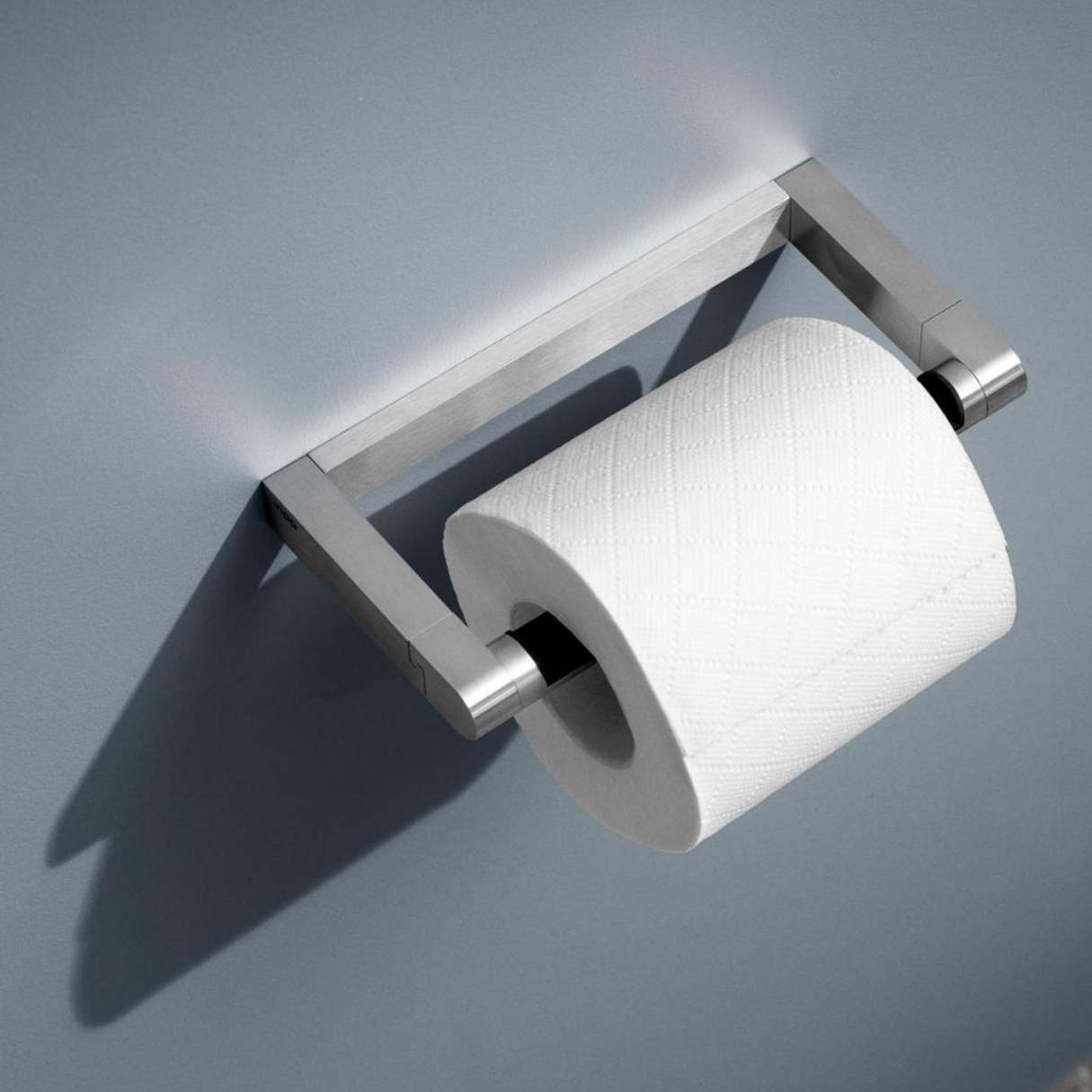
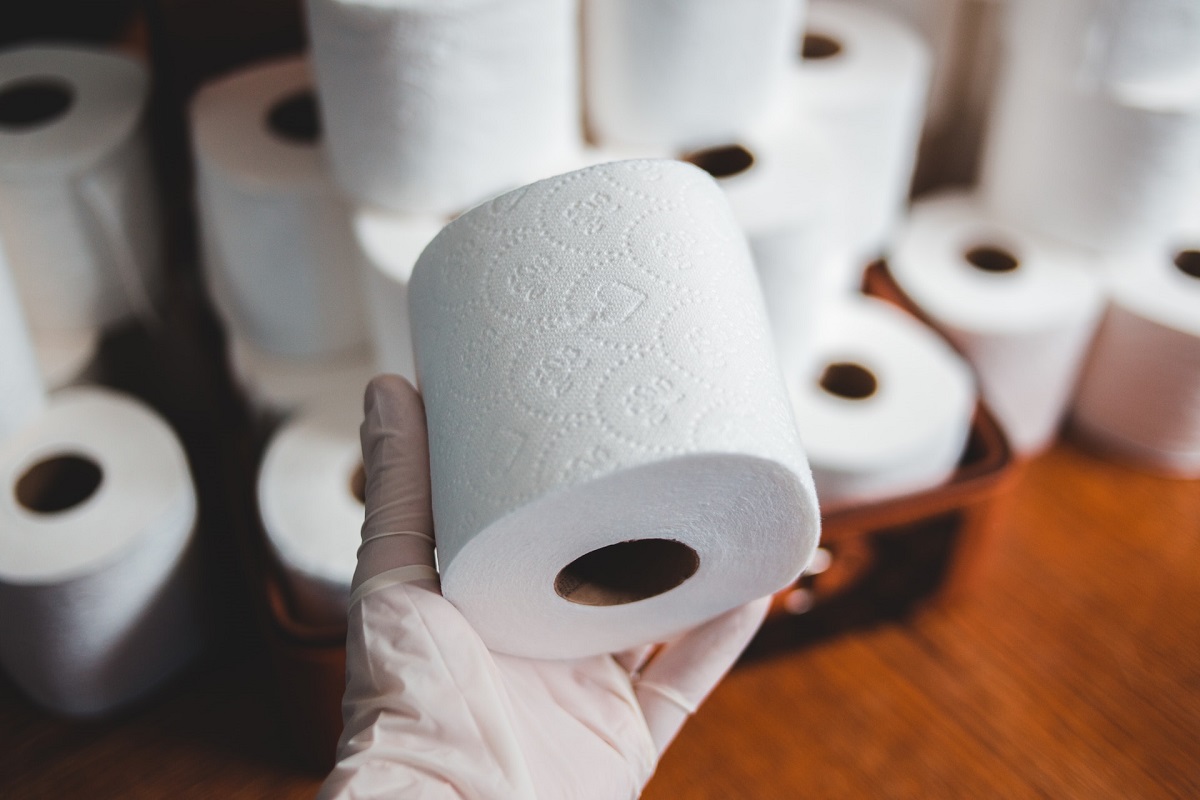
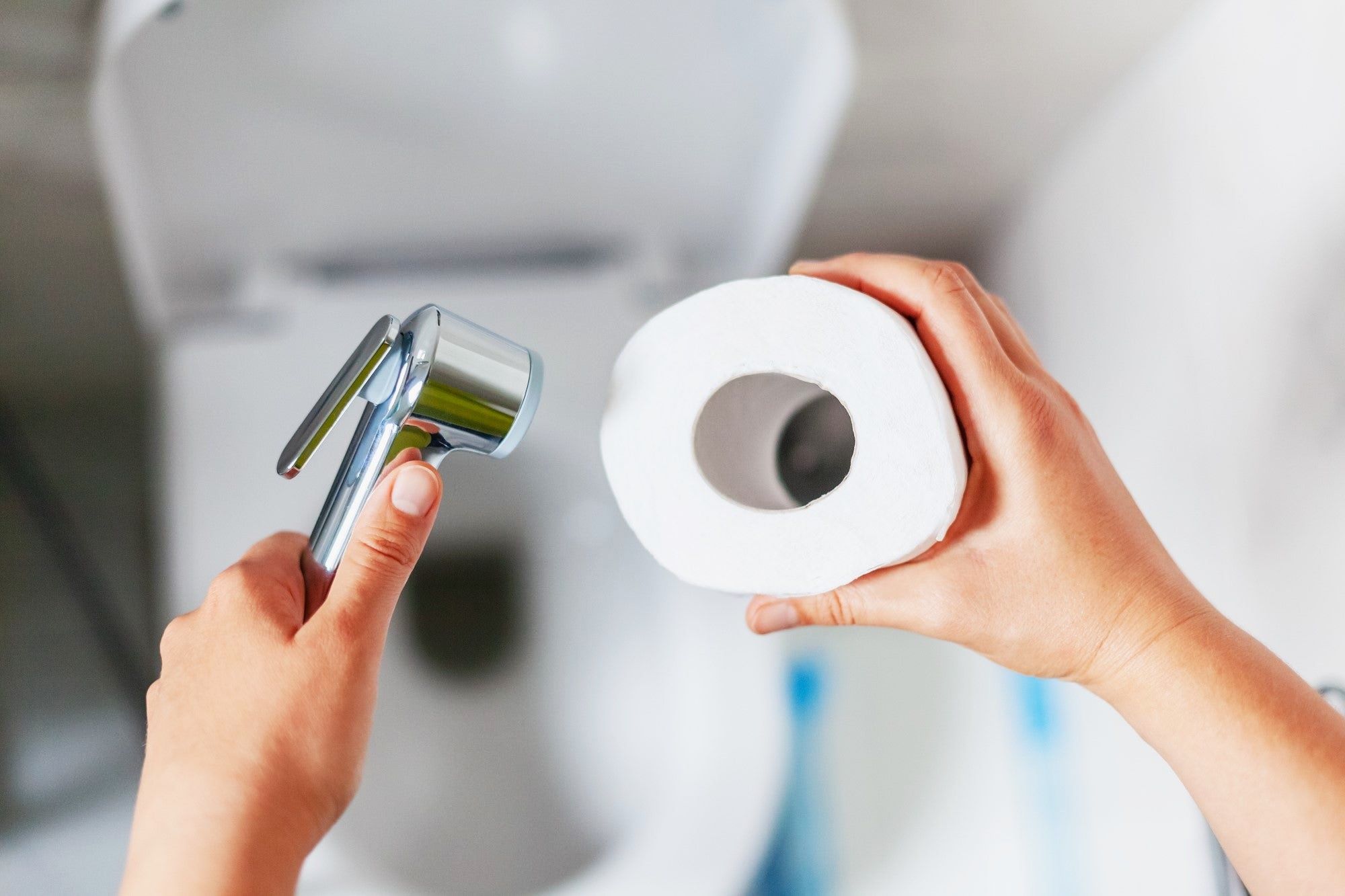
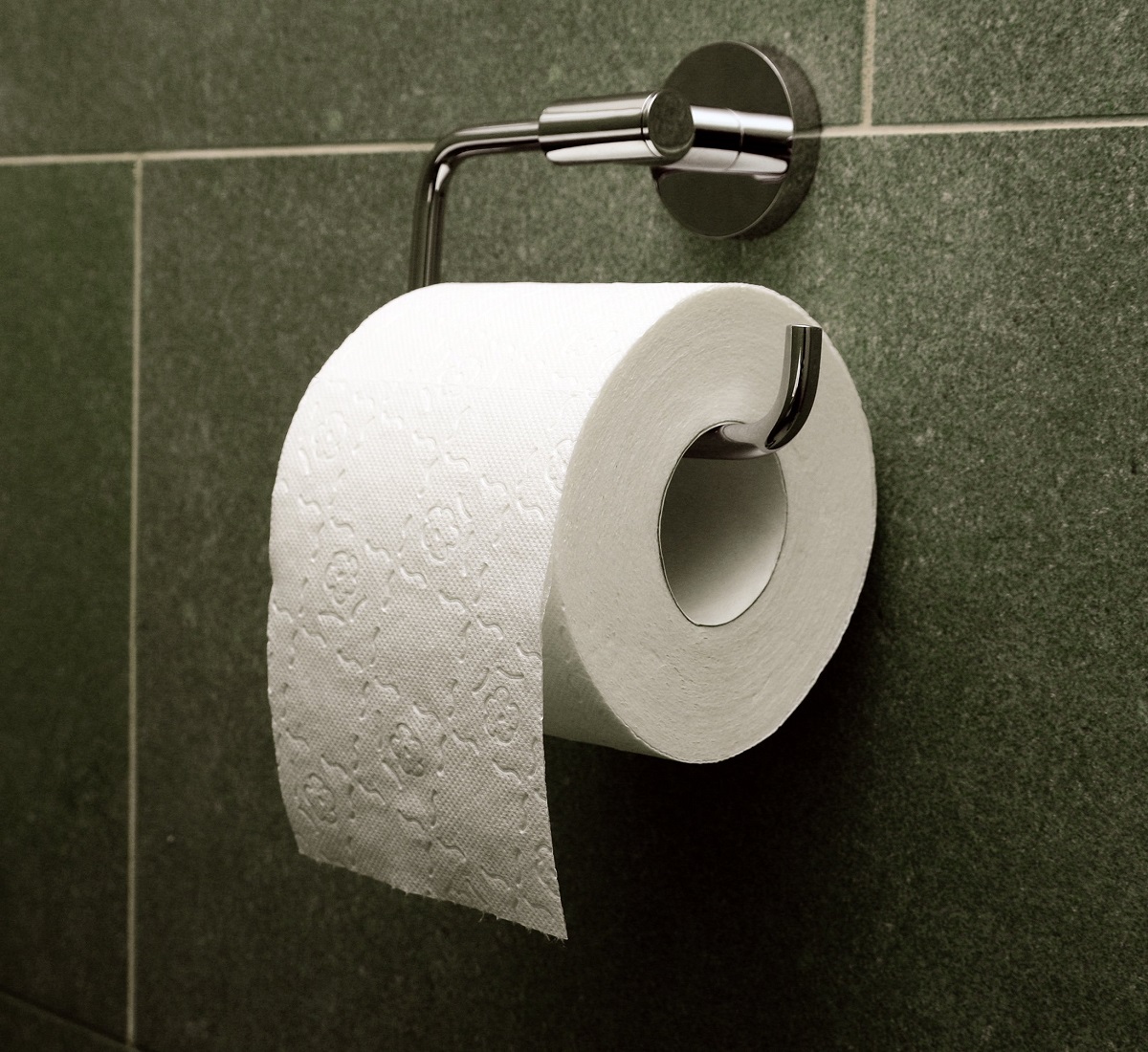
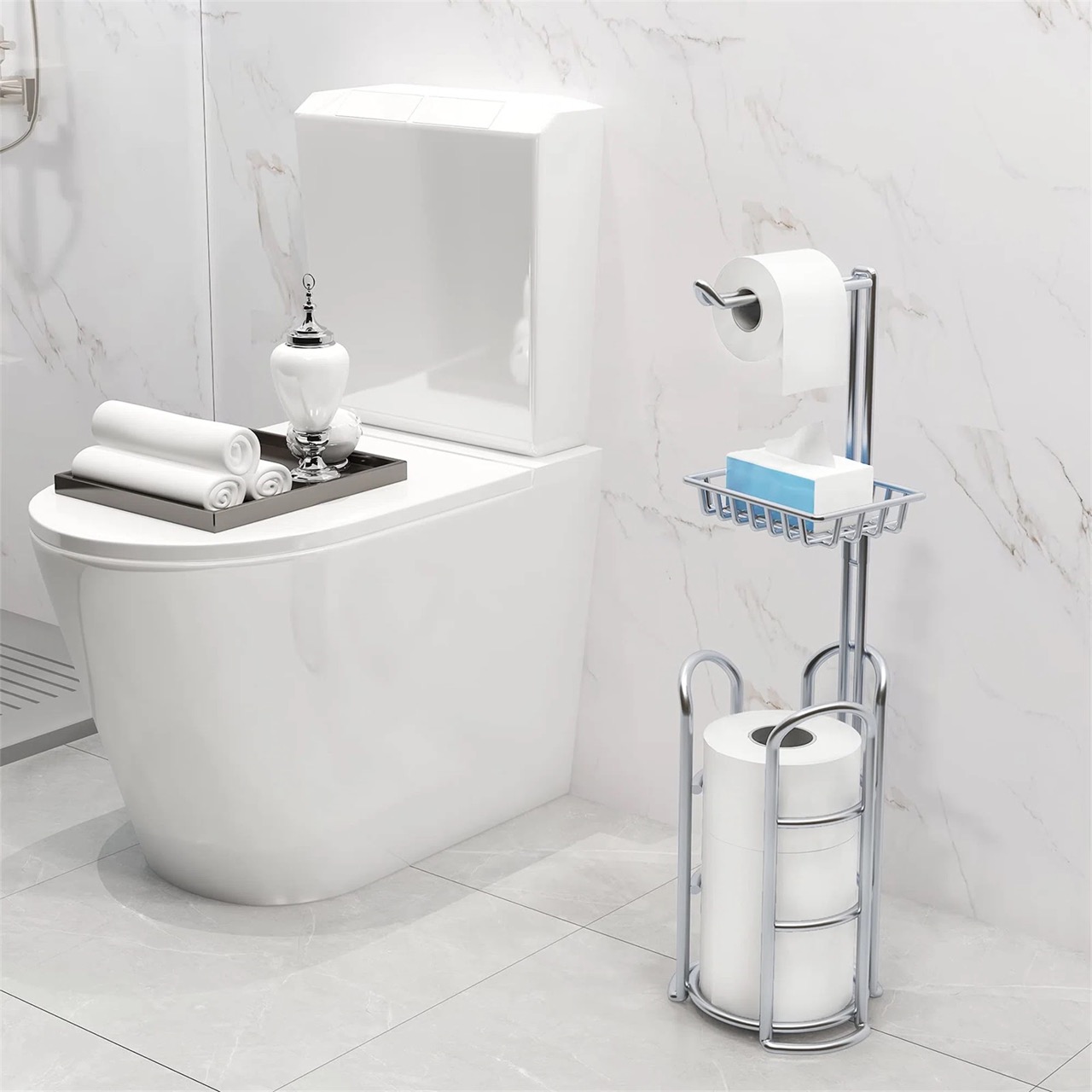
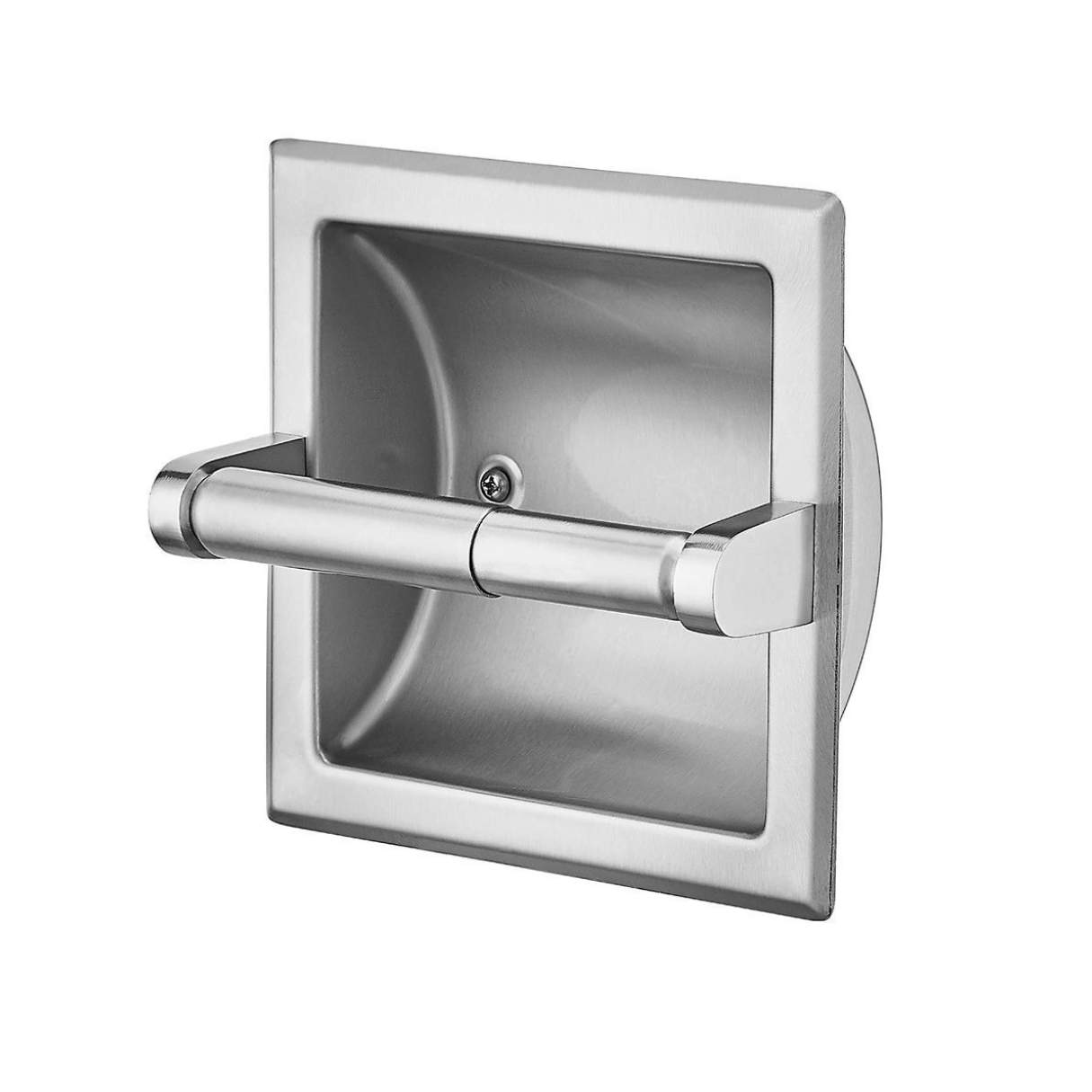
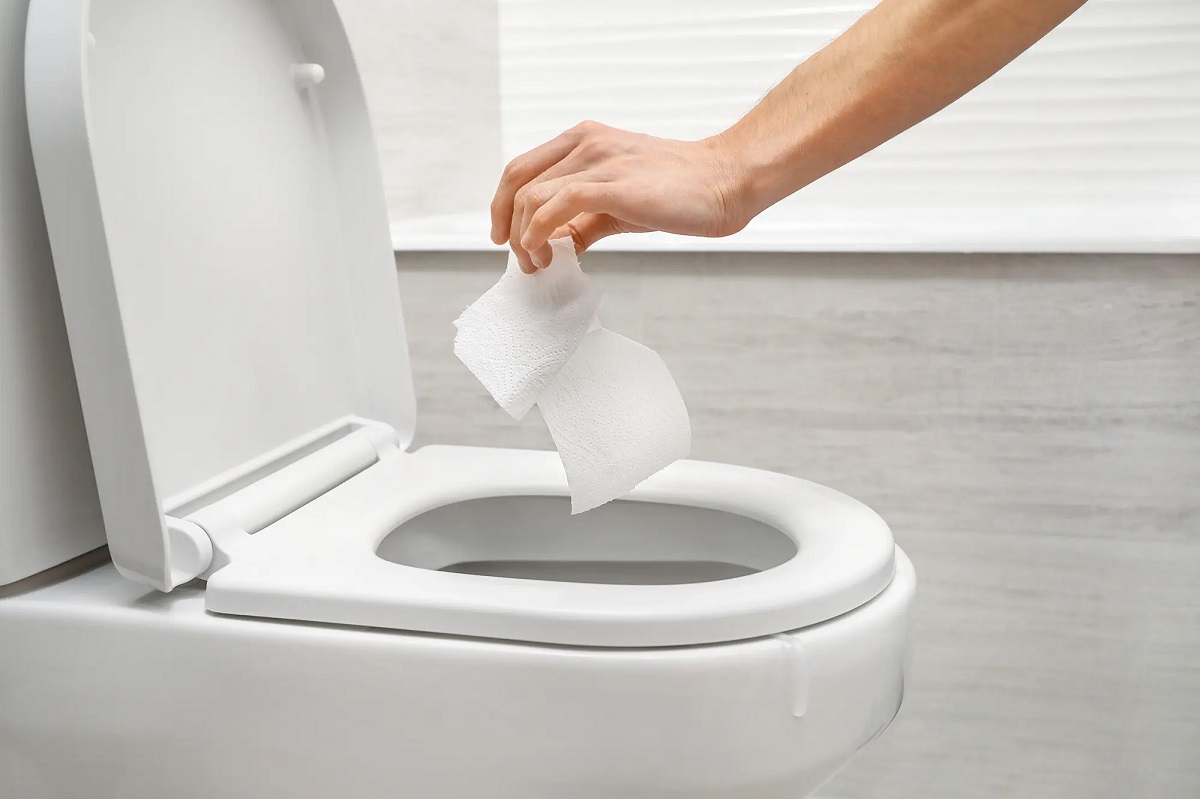
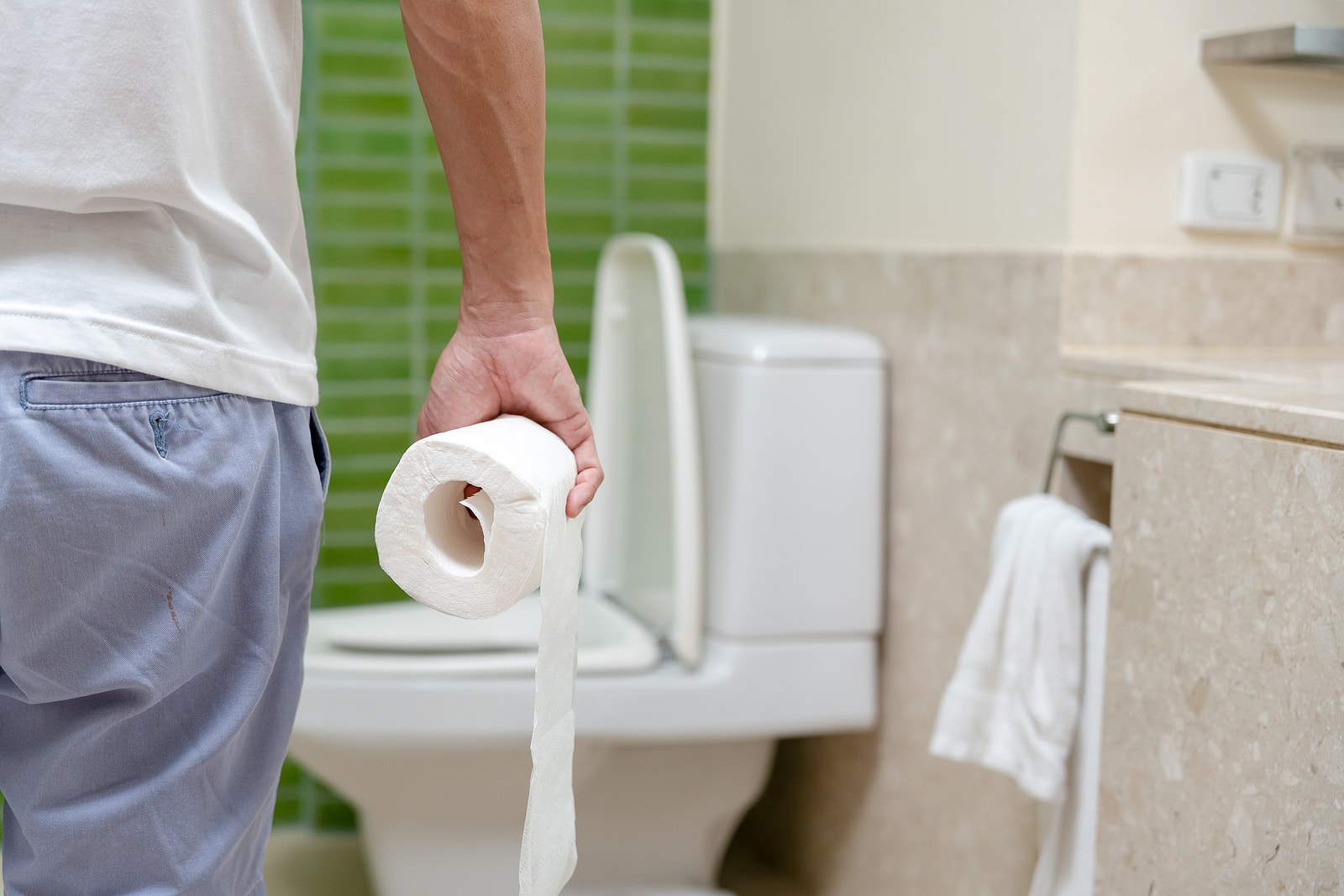
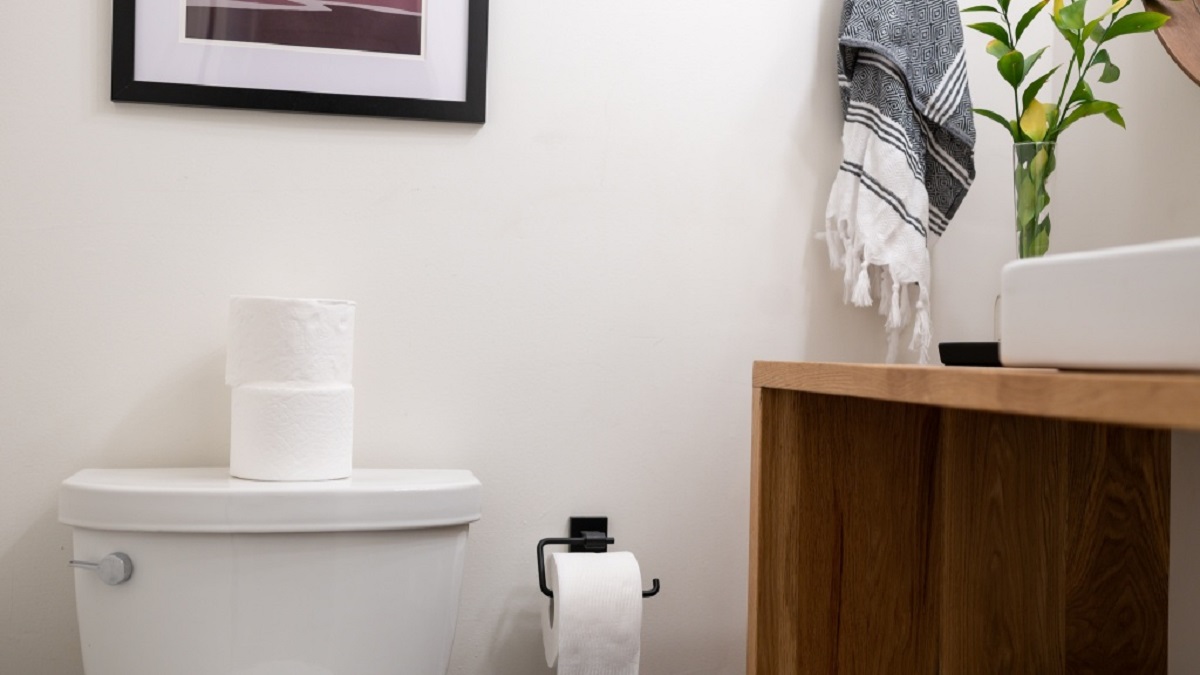
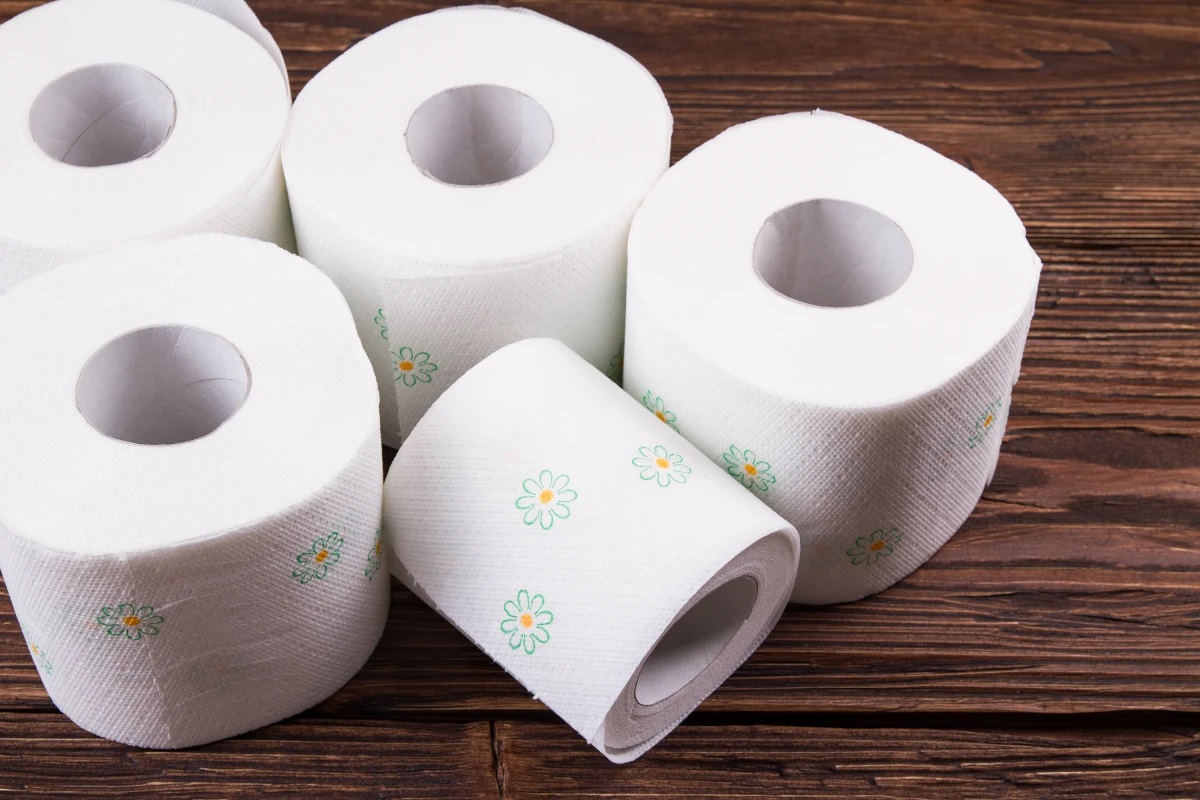
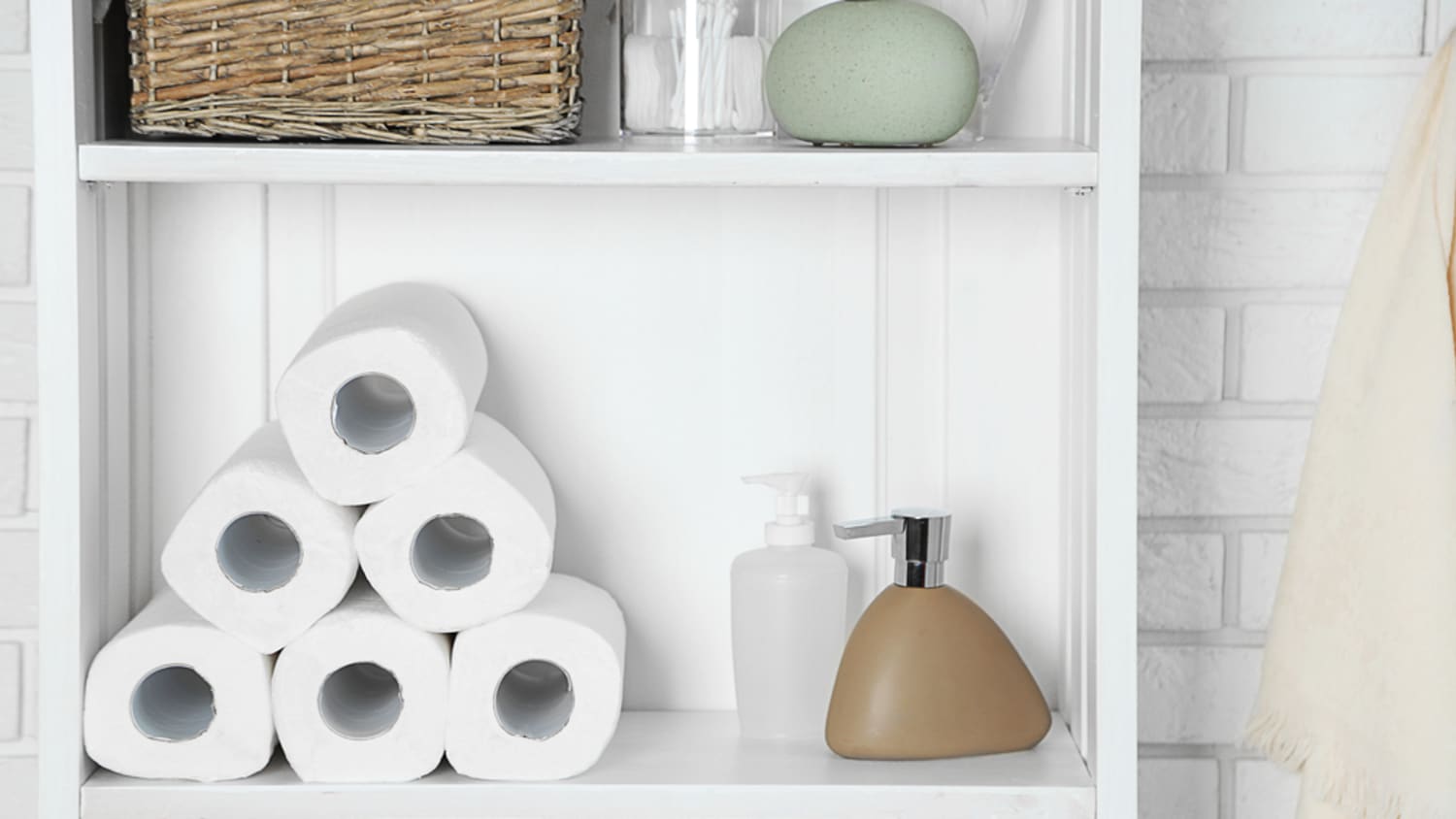
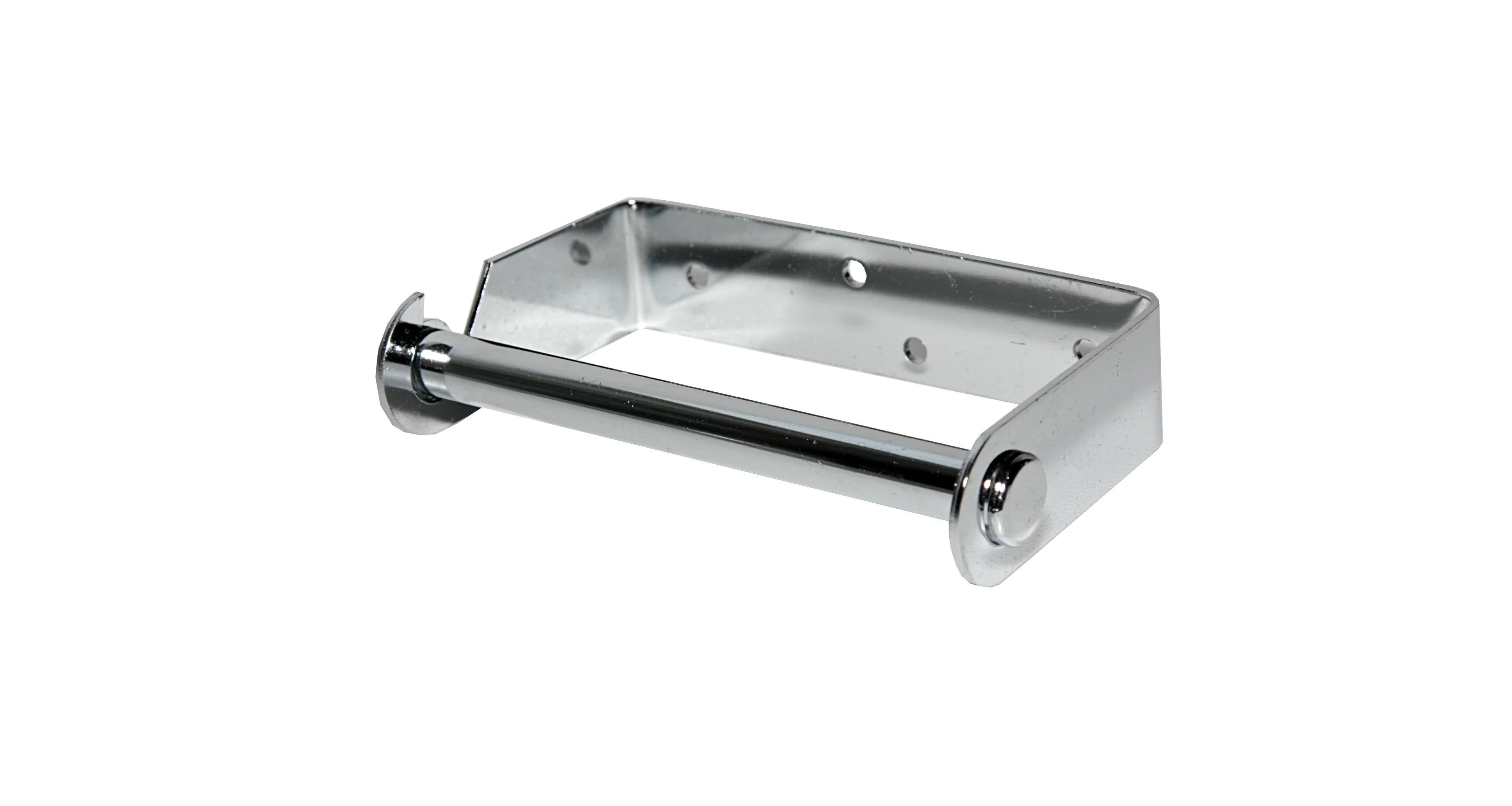

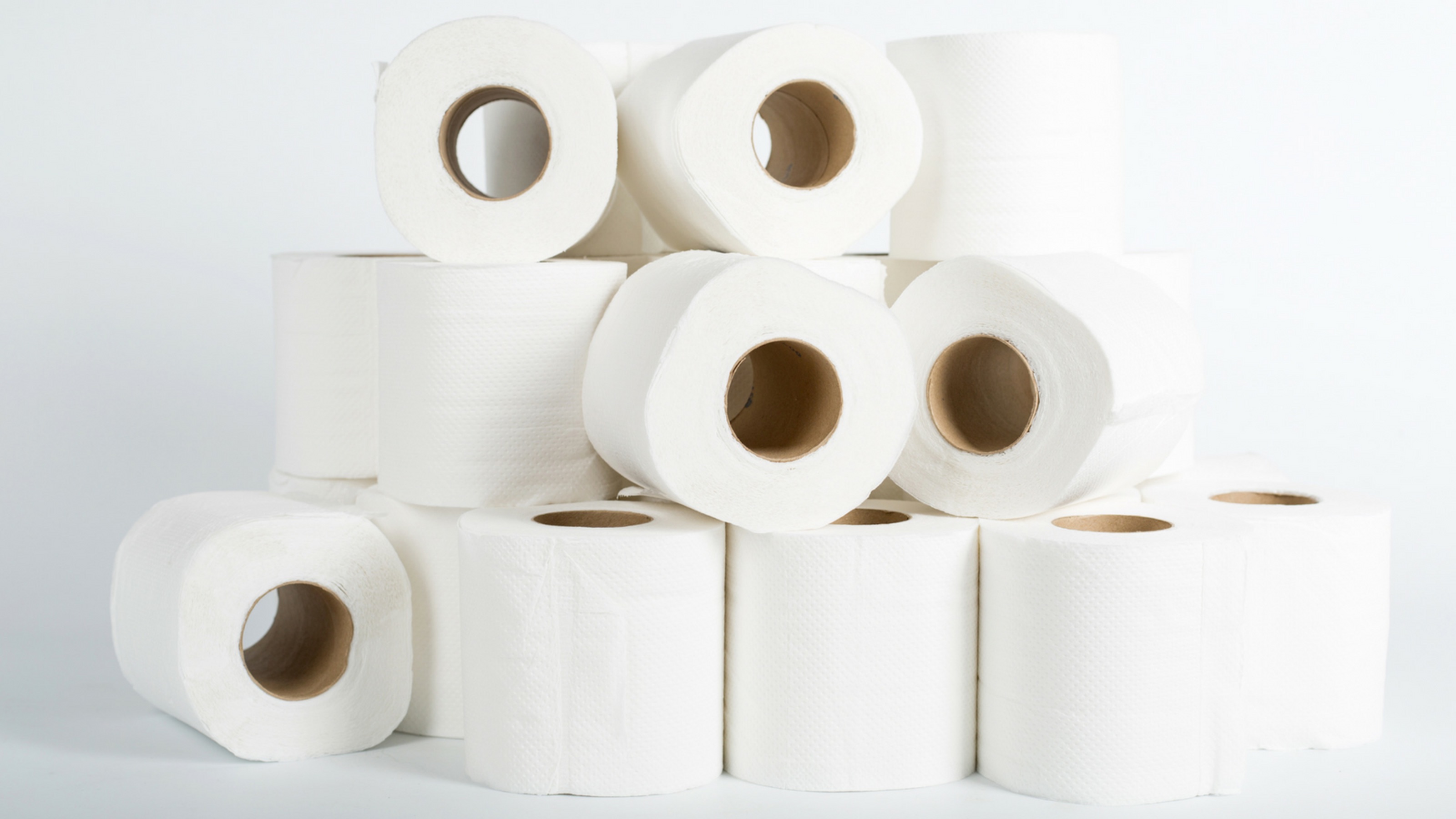

0 thoughts on “What Happened To Colored Toilet Paper”